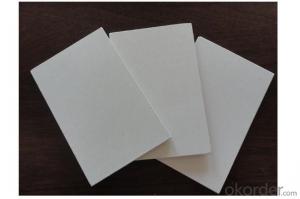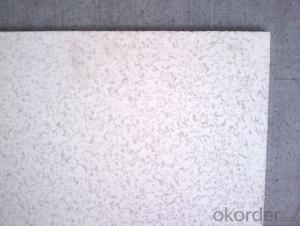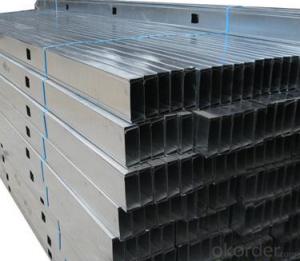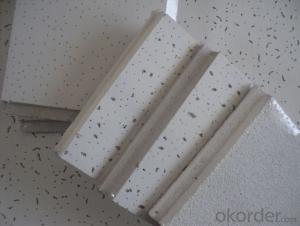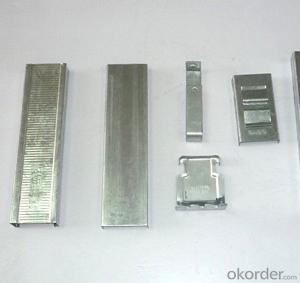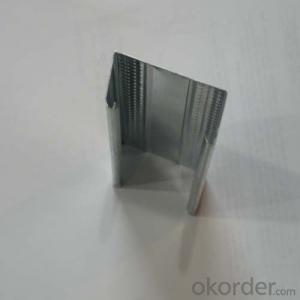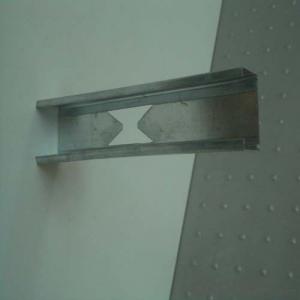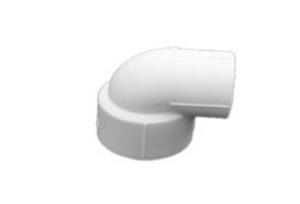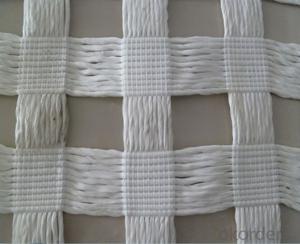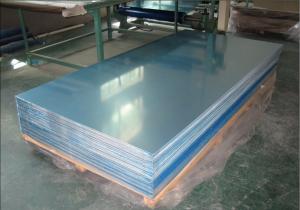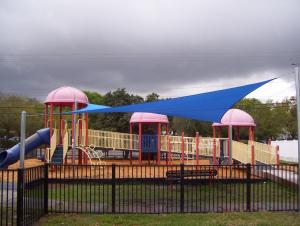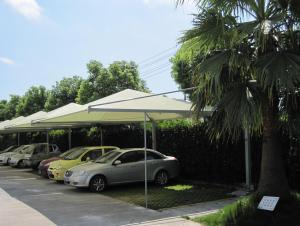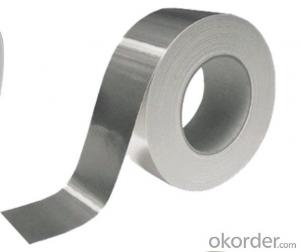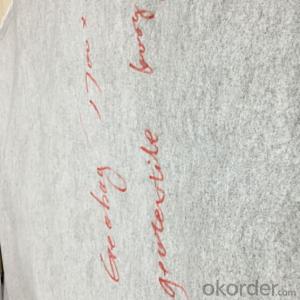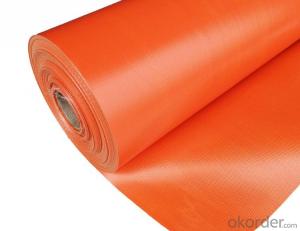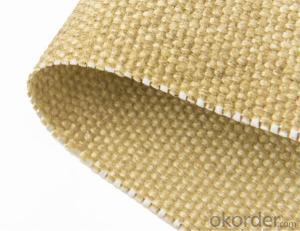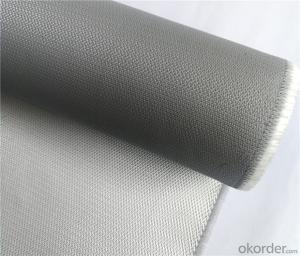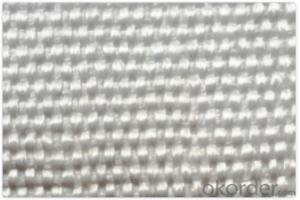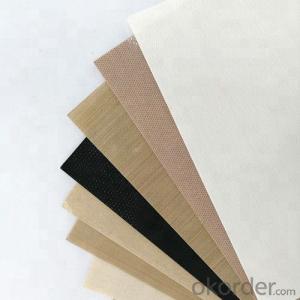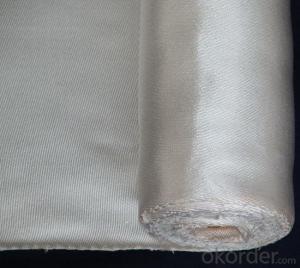Yarns And Fibres
Yarns And Fibres Related Searches
Wall Lights For Bedrooms High Carbon Steel Scrap High Quality Aluminum Foil Retaining Wall With Geogrid High Pressure Fiberglass Pipe High Quality Roofing Felt High Voltage Solar Inverter Stainless Steel Peg Board Stainless Steel Wall Plates Stainless Steel Wall ClockHot Searches
Price For Stainless Steel Scrap Scrap Price For Stainless Steel Price For Stainless Steel Cheap High Tea Sets For Sale High Density Fiberboard For Sale Price Of Shipping Containers For Sale Stock Price For Aluminum Air Pump For Aquarium Price Used Foam Board Insulation For Sale Price List For Building Materials Magnesium Oxide Board For Sale Hdf Board For Sale sintra board for sale Solar With Inverter Price Pedestal Fan With Water Spray Price Price Of Scrap Stainless Steel Price Of Stainless Steel Scrap Price Of Stainless Steel High Mast Light Price List Price For Stainless Steel ScrapYarns And Fibres Supplier & Manufacturer from China
Okorder.com is a professional Yarns And Fibres supplier & manufacturer, offers integrated one-stop services including real-time quoting and online cargo tracking. We are funded by CNBM Group, a Fortune 500 enterprise and the largest Yarns And Fibres firm in China.Hot Products
FAQ
- Yes, fiberglass fabric can be used for making backpacking or camping gear. It is a versatile material that offers durability, strength, and resistance to harsh weather conditions. It can be used for making tents, backpacks, hammocks, sleeping bags, and other outdoor gear. However, it is important to note that fiberglass fabric can be heavier and less breathable compared to other materials, so it may not be the ideal choice for ultralight backpacking or hot weather camping.
- Indeed, tearing or ripping does not pose a significant threat to fiberglass fabric. This robust and long-lasting material is frequently employed in scenarios where tear resistance holds great significance, such as the production of protective garments, industrial drapes, or reinforcements for composite components. The tightly woven composition of fiberglass fabric creates considerable obstacles for the propagation of tears or rips. Moreover, fiberglass exhibits remarkable tensile strength, thereby bolstering its resistance against tearing.
- Yes, fiberglass fabric is generally resistant to chemicals used in food processing. Fiberglass fabric is known for its high chemical resistance, making it suitable for various industrial applications, including the food processing industry. It can withstand exposure to a wide range of chemicals, including acids, alkalis, solvents, and oils, commonly used in food processing. Additionally, fiberglass fabric is non-reactive and non-toxic, ensuring that it does not contaminate food products. However, it is important to note that the specific chemical resistance of fiberglass fabric may vary depending on the specific type and quality of the fabric. Therefore, it is recommended to consult with the manufacturer or supplier to ensure that the fiberglass fabric being used is appropriate for the specific chemicals used in food processing.
- The exceptional performance of fiberglass fabric in heat transfer insulation can be attributed to its unique physical properties and composition. It is produced by weaving together fine strands of glass fibers to create a textile material. These glass fibers possess a high resistance to heat, effectively slowing down the conduction and convection of heat. The insulation properties of the fabric are further enhanced by its ability to trap air within its fibers. Due to its poor heat conducting abilities, air acts as an additional barrier against heat transfer when it is trapped in the fabric's air pockets. This property is commonly referred to as the fabric's thermal insulation or R-value. Furthermore, fiberglass fabric exhibits low thermal conductivity, meaning it does not easily absorb or transmit heat. This characteristic prevents heat transfer through the fabric, making it an ideal choice for insulation purposes. Additionally, fiberglass fabric is capable of withstanding high temperatures, making it suitable for applications that require heat insulation. It can endure temperatures of up to 1000 degrees Fahrenheit without experiencing degradation or loss of its insulating properties. In conclusion, the combination of fiberglass fabric's thermal resistance, low thermal conductivity, and air-trapping abilities make it highly effective in insulating against heat transfer. It finds extensive use in industries such as construction, automotive, aerospace, and manufacturing, where energy efficiency and safety require reliable thermal insulation.
- With its exceptional moisture resistance and high water-resistant properties, fiberglass fabric is renowned. Its structure, comprising interwoven glass fibers, prevents water absorption and remains unaffected by moisture or humidity. Consequently, fiberglass fabric proves itself as an ideal choice for various purposes, especially those involving exposure to moisture, like boat hulls, outdoor furniture, and building materials. Furthermore, it inhibits the growth of mold or mildew, further enhancing its capacity to withstand moisture.
- The typical tear strength of fiberglass fabrics can vary depending on the specific type and construction of the fabric. However, in general, fiberglass fabrics are known for their high tear strength. They are designed to be durable and resistant to tearing, making them suitable for a wide range of applications. On average, fiberglass fabrics can have tear strengths ranging from 10 to 30 pounds-force per inch (lbf/in), with some specialized fabrics reaching even higher tear strengths. It is important to note that tear strength can also be influenced by factors such as fabric thickness, weave pattern, and resin impregnation. Therefore, it is recommended to consult the specific manufacturer's specifications for accurate tear strength values for a particular fiberglass fabric.
- Different weights of fiberglass fabric rolls are available to meet various applications and needs. Typically, the weights of these rolls can range from 3 ounces per square yard (oz/yd²) to 50 oz/yd² or higher. The weight of a fiberglass fabric roll indicates the quantity of glass fibers present in one square yard of the fabric. In general, a higher weight corresponds to a thicker and stronger fabric. For applications that demand flexibility, lightweight fiberglass fabric rolls weighing between 3-8 oz/yd² are commonly used. These rolls are suitable for boat building, surfboard laminations, and repairs on small objects. They are easy to handle and conform well to curved surfaces. Medium weight fiberglass fabric rolls, ranging from 10-20 oz/yd², are frequently utilized for general-purpose applications. These include reinforcing or repairing fiberglass structures, creating molds, or making composite parts. These rolls offer a good balance between strength and flexibility. For demanding applications that require high structural integrity, heavyweights fiberglass fabric rolls weighing from 20-50 oz/yd² or more are recommended. These rolls are often used in the aerospace, automotive, and marine industries. They are suitable for constructing strong, rigid structures or providing reinforcement in high-stress areas. Choosing the appropriate weight of fiberglass fabric roll is crucial for your project. Factors to consider include the desired strength, flexibility, durability, and the complexity of the shape or structure that needs reinforcement. Seeking advice from a fiberglass fabric expert or supplier can ensure that you select the correct weight for your specific application.
- Fiberglass fabric finds various applications in the oil and gas industry due to its excellent properties such as high strength, corrosion resistance, and thermal insulation. It is commonly used for insulation, fireproofing, and reinforcement purposes in pipelines, tanks, and equipment. Fiberglass fabric is also utilized for manufacturing composite materials in the form of pipes, gratings, and platforms, providing durability and resistance to chemicals and harsh environments. Overall, its versatility and reliability make it an essential material for enhancing safety and performance in the oil and gas sector.
